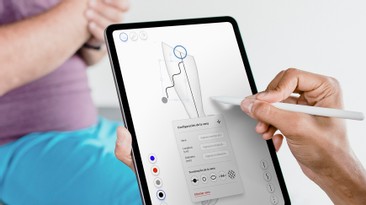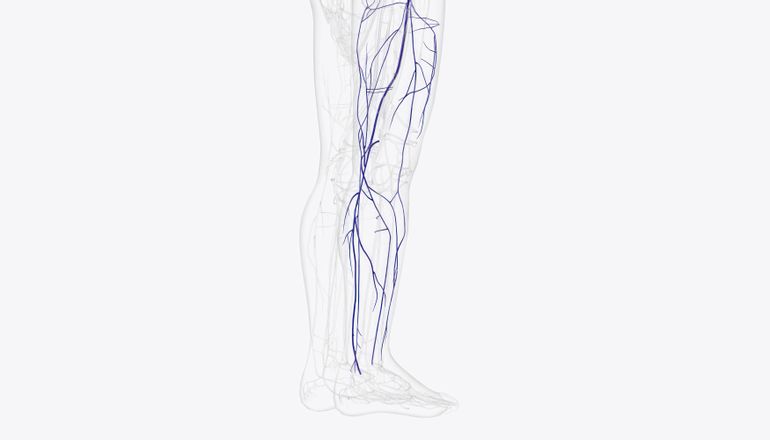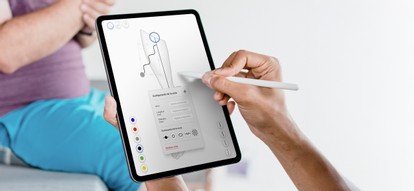Flein
Digitizing Vein Mapping: From Paper to AI-Ready Workflows
Tools we used:

The Client
A leading Phlebology & Lymphology Society unites specialists in venous and lymphatic medicine, drives multicenter research projects and delivers continuous medical education. Eager to produce locally generated evidence and set higher clinical standards, the society set out to modernize one of its core diagnostic tools: the vein-mapping chart.
The Challenge
Vein mapping is essential for planning interventions in chronic venous disease, yet it was still performed on paper. That “analog” workflow made it difficult to share studies, archive them securely or turn observations into structured data. Without a digital record, researchers could not correlate findings, and physicians had no practical way to integrate maps into electronic reporting or future predictive analytics.

The Solution
We created a tablet-optimized web application that turns traditional vein mapping into an interactive, data-driven experience. Physicians open an anatomical template, trace veins with their finger or stylus and tag findings with internationally recognised symbols and color codes. Every stroke is stored in the cloud, linked to a structured case sheet and available on any device. A single tap generates a written report that mirrors the visual map, freeing clinicians from manual paperwork.
Key points within the solution: the built-in consent flow anonymizes patient data; access is restricted to credentialled users; and an analytics layer aggregates maps for research dashboards—laying the groundwork for AI-assisted pattern recognition in future releases.

Results / Impact
Metric | Outcome |
Time to create a report | –60% |
Consistency of symbols & measures | Standardized across all users |
Collaboration | Secure sharing between clinics |
Research readiness | Structured data now collected for multi-center studies |
“We’ve gained speed, precision and a clear view of each patient’s evolution. The digital map is now indispensable in daily practice.”
— Dr Sebastian Sarutte, Vascular Surgeon








































